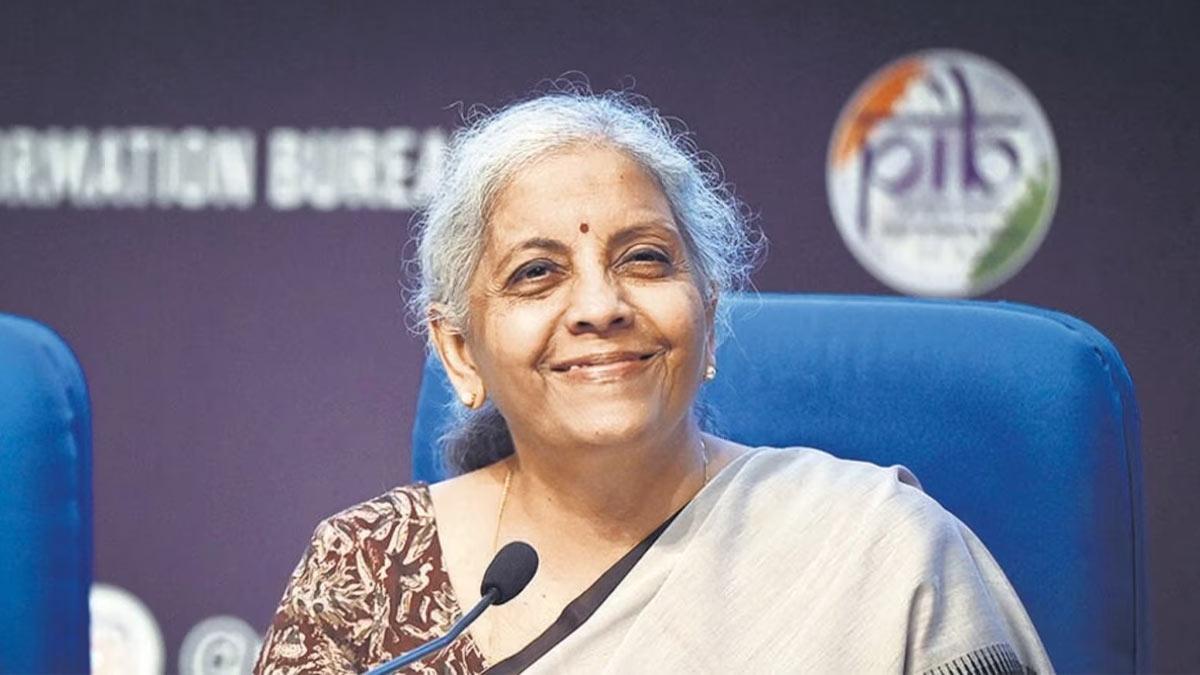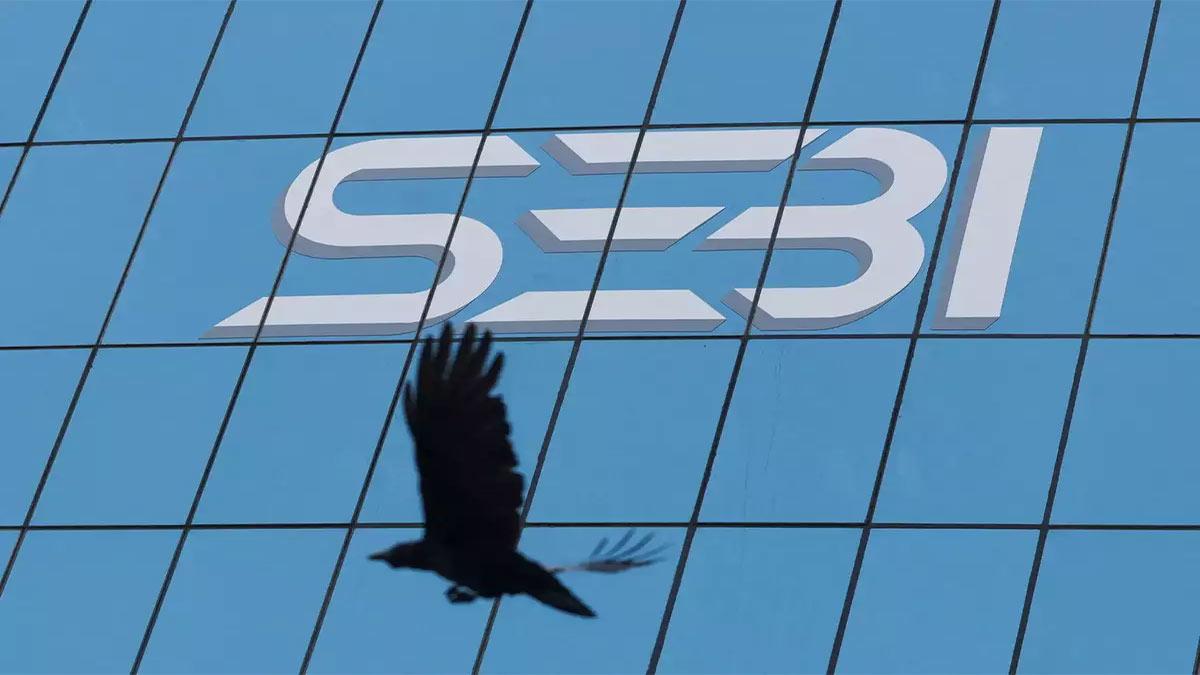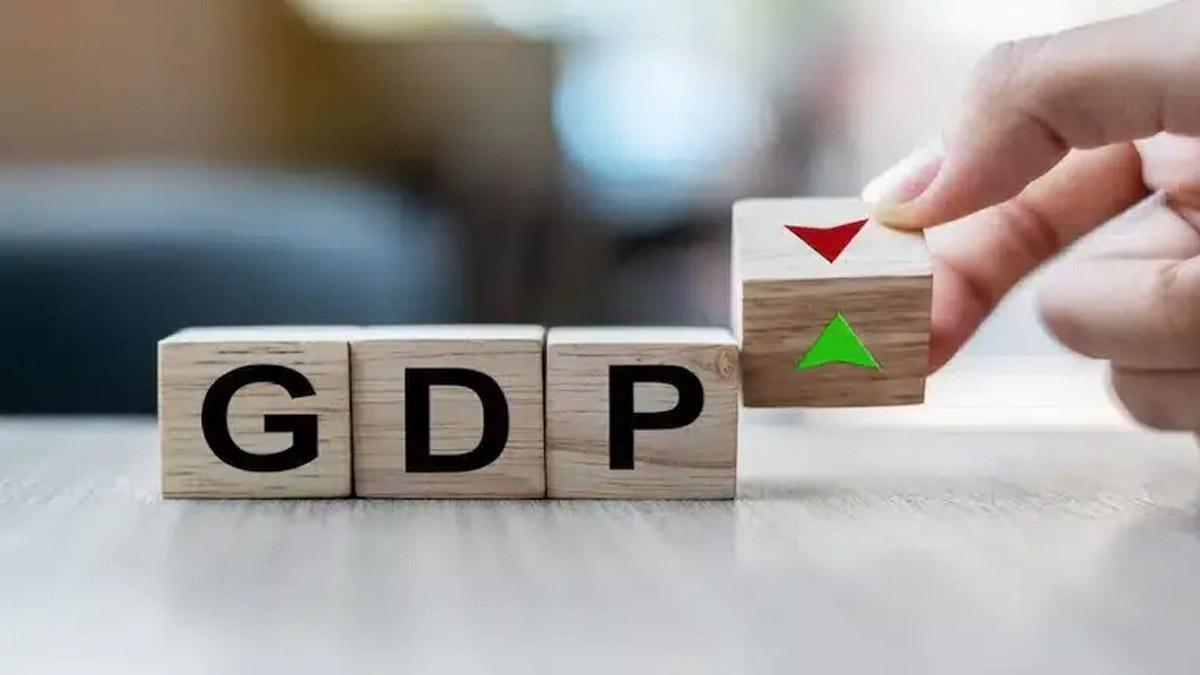The aggregate credit extended by banks to priority areas like agriculture, MSMEs, and social infrastructure has increased considerably in the last six years.
In 2019, the credit off-take was ₹23,01,567 crore, which jumped to ₹42,73,161 crore in 2024—a 85% hike, Finance Minister Nirmala Sitharaman told the Lok Sabha on Tuesday.
Among the priority sectors, lending to agriculture has shown consistent and positive growth. The total credit extended to the agricultural sector was ₹8,86,791 crore in 2019, which more than doubled to ₹18,27,666 crore in 2024. The figures also include credit provided by banks for agriculture infrastructure, the minister stated in a written response in the Lower House.
Likewise, credit disbursement to the MSME sector has been on the rising trend, growing from ₹10,99,055 crore in 2019 to ₹21,73,679 crore in 2024.
As the financial sector is rapidly transforming, banks are now more often joining hands with FinTech companies to improve customer services. Such collaborations have facilitated some of the most important developments like digital customer onboarding using e-KYC and V-KYC processes, use of Artificial Intelligence (AI) for facial recognition and name-matching authentication, Sitharaman added.
The Finance Minister also emphasized that banks are using digital innovations to automate loan processing. This involves the utilization of AI-based account statement analysis, alternative data for faster credit evaluation, real-time decision-making, and API-based product innovation for customers.
In order to consolidate the financial stability of banks and tackle important issues such as prudent lending, governance, and credit discipline, the Government and Reserve Bank of India (RBI) have made various initiatives. These initiatives also aim at reducing and recovering non-performing assets (NPAs).
One of the most important steps taken is the creation of dedicated stressed asset management verticals in public sector banks. These special units track and pursue NPA accounts, facilitating quicker resolution and recoveries.
Also, the utilization of business correspondents and the Feet-on-Street model has helped a lot in enhancing the recovery of NPAs. The RBI has also implemented a prudential framework for the resolution of stressed assets, encouraging early identification, reporting, and structured resolution of such accounts, encouraging lenders for taking resolution plans in a timely manner.
In order to strengthen credit discipline further, minimum provisioning requirements have been prescribed for standard as well as non-performing advances. The Insolvency and Bankruptcy Code (IBC) legislation, the establishment of the Central Repository of Information on Large Credits, and close monitoring of high-value accounts for wilful defaults and fraud have further strengthened the banking system.
Furthermore, modifications in the Securitisation and Reconstruction of Financial Assets and Enforcement of Security Interest (SARFAESI) Act, 2002, and the Recovery of Debt and Bankruptcy Act have strengthened such legislation. Banks have also introduced mechanized Early Warning Systems that identify early stages of financial stress and prevent slippages into NPAs to a larger extent, Sitharaman furthered.
Read also| India's Venture Capital Funding Soars 43% to $13.7 Billion in 2024
Read also| India-US trade deal likely to materialise by fall 2025: Morgan Stanley


















